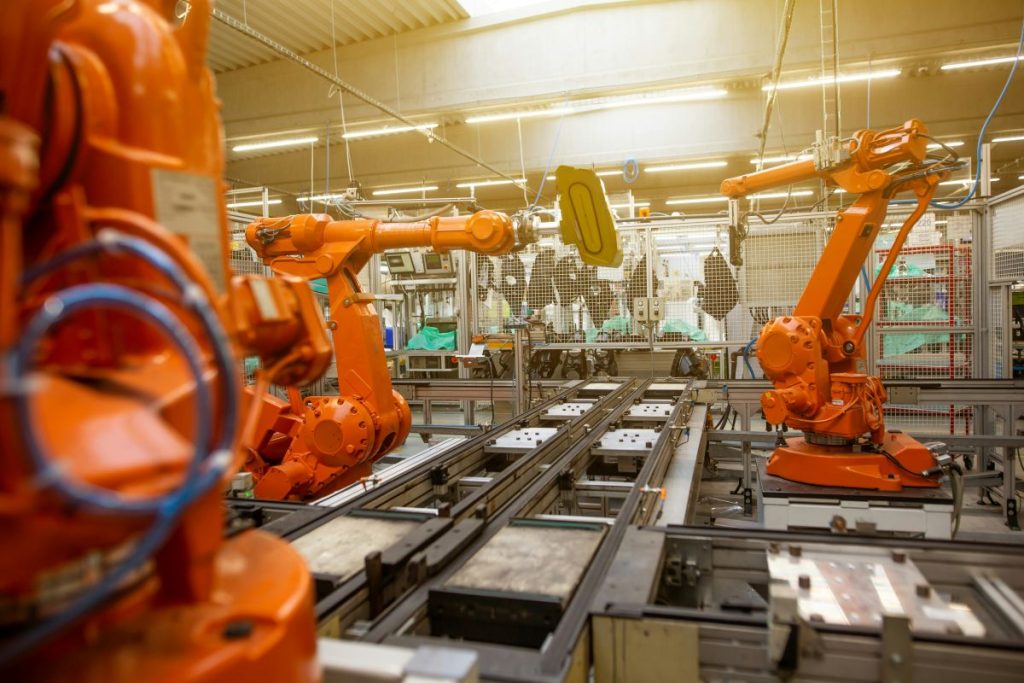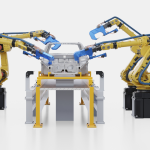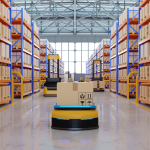Manufacturers are embracing AI, automation, and IIoT to stay competitive, but integration hurdles, workforce shortages, and outdated systems are slowing adoption. A new report highlights both the progress and roadblocks facing the sector’s digital transformation.
Manufacturers Push Forward on Smart Technology Adoption
The manufacturing sector is accelerating its adoption of smart technologies, with AI, automation, and the Industrial Internet of Things (IIoT) at the forefront of digital transformation efforts. New research from SYSPRO consolidates findings from multiple industry surveys, revealing that while manufacturers see technology as essential for addressing workforce shortages and supply chain disruptions, implementation remains a challenge.
AI and automation lead digital transformation priorities, with 40% of manufacturers citing them as their top focus for 2025. Many are also investing in digital integration and real-time insights to improve efficiency, yet the transition is far from seamless. High upfront costs, internal resistance to change, and integration difficulties continue to hinder progress, forcing businesses to balance innovation with operational realities.
The Digital Divide: U.S. vs. China in Smart Manufacturing
While manufacturers worldwide recognize the value of automation and AI, the pace of adoption varies significantly. Just under half of Chinese manufacturers (45%) have already implemented these emerging technologies, outpacing their U.S. counterparts, who still face significant integration and cost challenges.
For U.S. manufacturers, the road to digital transformation is complicated by legacy systems that lack the scalability to support new technologies. A third of respondents identified system integration as a primary roadblock, while 15% cited outdated infrastructure as a source of inefficiency. These constraints not only delay AI adoption but also make it difficult for companies to access real-time data—critical for making informed, data-driven decisions in a rapidly changing market.
Data, Analytics, and the Struggle for Real-Time Decision-Making
Despite the push for smarter manufacturing, many companies are struggling to harness the full power of analytics. Forty percent of manufacturers said they lack real-time data visibility, limiting their ability to make quick, informed decisions. While analytics can provide a solution, only 23% have prioritized implementation, and nearly a quarter of manufacturers admit they are not using analytics at all.
Without better data management and analytics capabilities, companies risk falling behind competitors that can quickly adapt to supply chain disruptions, production inefficiencies, and shifting market demands. The ability to capture, analyze, and act on real-time insights is becoming a defining factor in manufacturing competitiveness, making it a key area where lagging firms will need to catch up.
The Workforce Challenge: Attracting and Retaining Talent
Even as manufacturers invest in automation, the challenge of attracting and retaining a skilled workforce remains a top concern. Thirty percent of industry leaders ranked labor shortages as their biggest challenge for 2025, followed by supply chain disruptions (23%) and cybersecurity threats (12%). These findings align with broader industry research, including a survey from the National Association of Manufacturers, which found that 71% of companies struggle to find and keep qualified employees.
While AI and automation can help offset workforce shortages, they are not a complete solution. Companies will need to focus on upskilling employees and integrating human expertise with smart technologies to maximize productivity. Those that strike the right balance between automation and workforce development will be best positioned to navigate the evolving manufacturing landscape.
The Road Ahead for Smart Manufacturing
Manufacturers recognize that AI, automation, and connectivity are critical to future success, but overcoming deployment challenges will require a long-term commitment. Bridging the gap between vision and execution will mean tackling integration issues, modernizing legacy systems, and investing in workforce development.
As digital transformation accelerates, companies that successfully navigate these complexities will gain a competitive advantage. Those that hesitate, however, may find themselves struggling to keep pace in an industry where efficiency, agility, and real-time decision-making are becoming the new standard.







